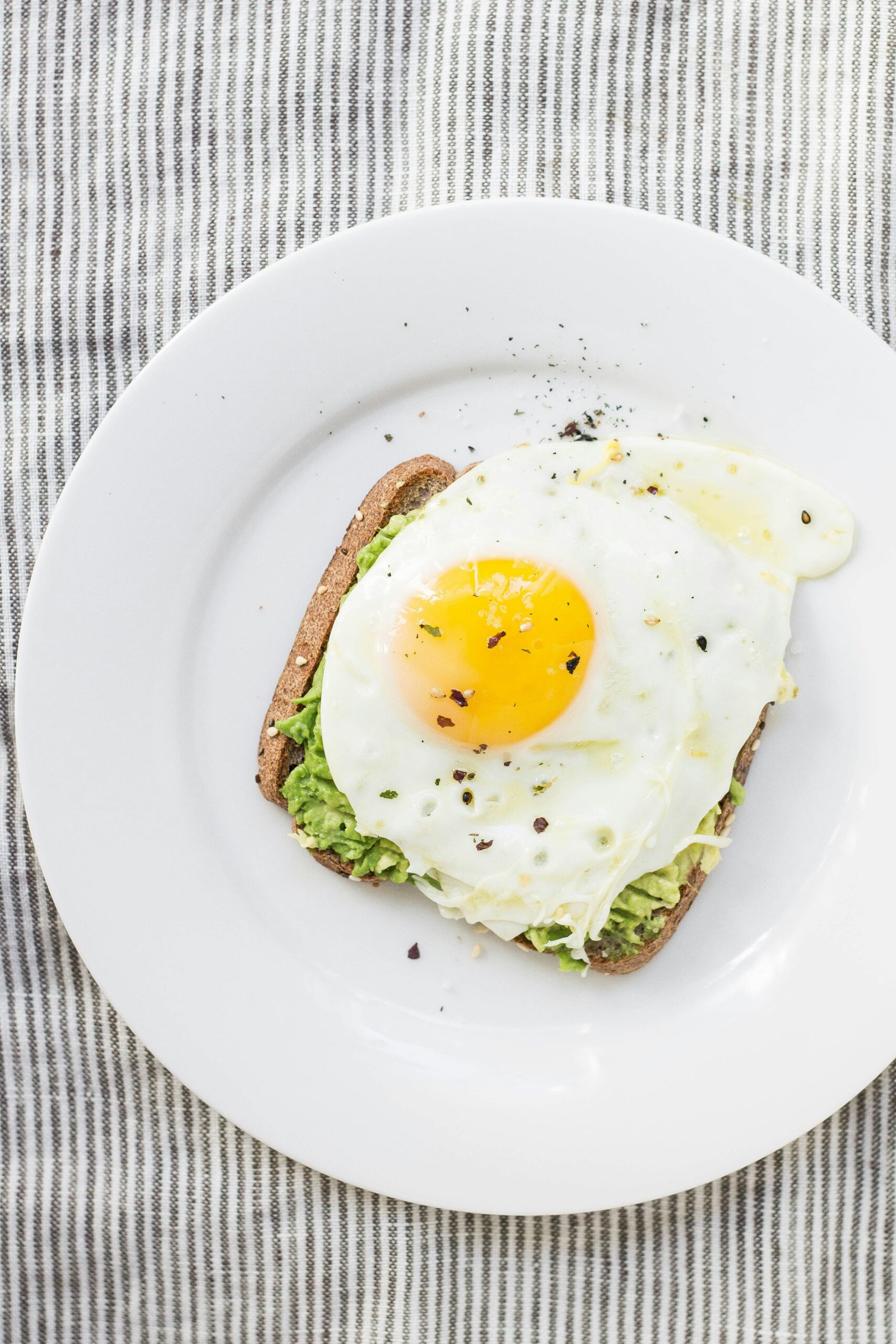Week 14
Managing Cravings
Understanding Cravings:
In his book, Atomic Habits, James Clear says that a craving is a sense that something is missing. It is a desire to change your internal state.
Cravings can arise from various factors, including physiological, psychological, and environmental influences. Physiologically, our bodies may crave certain foods due to hormonal fluctuations, nutrient deficiencies, or even inadequate sleep. Psychologically, emotions such as stress, boredom, sadness, or happiness can trigger cravings as a coping mechanism. Additionally, environmental cues like advertisements, social gatherings, or the sight and smell of food can stimulate cravings.
Being mindful and recognizing the root cause of your cravings is the first step towards managing them effectively.

- Stay Hydrated:
Dehydration can sometimes masquerade as hunger, leading to unnecessary cravings. Ensure you are adequately hydrated throughout the day by drinking water regularly. Additionally, consuming water before meals can help you feel fuller and reduce the intensity of cravings.
- Balanced Nutrition:
A well-balanced diet that includes a mix of macronutrients (proteins, carbohydrates, and fats) and micronutrients (vitamins and minerals) is essential for satiety and overall health. Prioritize nutrient-dense foods to provide your body with the fuel it needs, reducing the likelihood of intense cravings.
- Mindful Eating:
Practicing mindful eating involves paying attention to the sensory experience of each bite and being fully present during meals. By savoring the flavors, textures, and aromas of your food, you can enhance satisfaction and reduce the urge to indulge in unhealthy cravings.
- Plan and Prepare:
Prepare healthy meals and snacks in advance to avoid succumbing to impulsive, less nutritious choices. Having nutritious options readily available can make it easier to stick to your health goals and minimize the impact of cravings.
- Identify Triggers:
Become aware of the situations, emotions, or activities that trigger your cravings. By identifying these triggers, you can develop strategies to cope with them in a healthier way, such as finding alternative stress-relief methods or engaging in a distracting activity.
- Practice Moderation:
Depriving yourself of certain foods entirely may intensify cravings. Instead, practice moderation and allow yourself occasional treats in controlled portions. This approach fosters a sustainable and balanced relationship with food.
- Incorporate Physical Activity:
Regular exercise not only contributes to overall well-being but can also help regulate appetite and reduce cravings. Engaging in physical activity releases endorphins, which can positively influence your mood and decrease the desire for unhealthy foods.
What To Do Today:
Think about what is a likely trigger for your most common cravings. Do you have a sense that something is missing in those moments? What can you do to fill the gap between the sense that something is missing and feeling satisfied in a healthy way?
Managing cravings is a gradual process that involves a combination of self-awareness, healthy habits, and mindfulness. By understanding the factors that contribute to cravings and implementing these strategies, you can take control of your choices, foster a healthier relationship with food, and ultimately enhance your overall well-being. Remember, small, sustainable changes can lead to significant improvements in your health over time.

